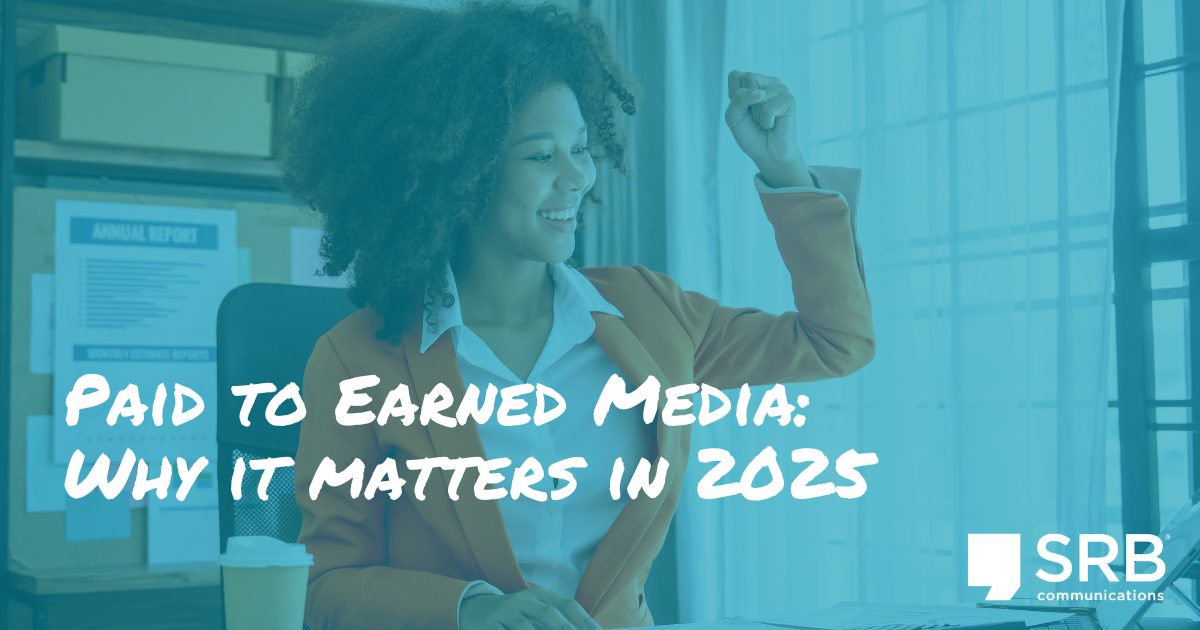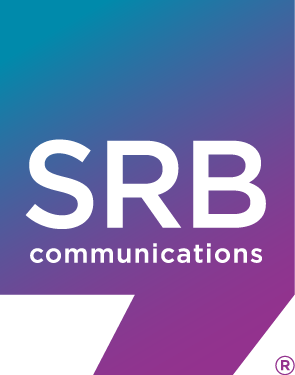News & Insights
The Transition from Paid to Earned Media: Why It Matters in 2025

In the evolving landscape of marketing, businesses are rethinking their strategies, and many are opting for a transition from paid to earned media. But what exactly does this mean and why is it happening? Let’s break it down and explore how the synergy between paid, owned and earned media can transform your brand’s presence in 2025.
The Transition Explained: What Does It Mean?
When a company transitions from paid to earned media, it shifts focus from purchasing advertising space — such as banner ads or sponsored content — to strategies that generate organic publicity. This includes customer testimonials, positive press coverage, social media mentions and word-of-mouth endorsements.
In short, businesses aim to earn attention and trust through authenticity, rather than paying for it outright. This strategy reflects the changing preferences of modern consumers, who are more likely to trust peer reviews and third-party recommendations than traditional advertisements.
Why Is This Transition Happening?
Several factors make earned media increasingly appealing:
- Consumer Trust – Studies show that people trust recommendations from friends, influencers and unbiased reviews over direct advertisements.
- Ad Fatigue – Digital spaces are crowded, with consumers encountering an overwhelming number of ads daily. Ad blockers, privacy regulations and skepticism towards paid promotions have made it harder for traditional advertising to break through the noise.
- Cost Efficiency – While paid media requires a continuous flow of funding, earned media can generate long-term benefits through one-time investments in quality products, services and PR campaigns.
- Algorithm Changes – Social media platforms prioritize content that generates engagement over paid advertisements, further nudging companies towards earned media.
- Understanding the Media Trinity – Paid, Owned and Earned
To maximize their reach, brands must understand and strategically integrate the three pillars of media:
- Paid Media – This includes any advertising you pay for, such as social media ads, TV commercials and sponsored content. While paid media offers control and scalability, its cost, competition and reliance on consumer data make it less sustainable on its own.
- Owned Media – This refers to channels that a brand fully controls, like its website, email newsletters and social media profiles. Owned media is vital for building a brand’s voice and serving as the foundation for other media types
- Earned Media – The pinnacle of credibility, earned media includes organic exposure from third-party sources such as media outlets, influencers and customer reviews. It’s often the result of a brand’s successful paid and owned media efforts.
How to Leverage Earned Media in 2025
Here’s how companies can capitalize on earned media as part of a comprehensive PR strategy:
- Prioritize Authenticity – Consumers value genuine connections. Foster transparency in your messaging and deliver on promises to earn customer trust.
- Focus on Value-Driven Content – Create high-quality, shareable content that provides value to your audience. Whether it’s educational blogs, engaging videos, or insightful reports, focus on material that encourages sharing and discussions.
- Build Relationships with Influencers – Partnering with influencers who align with your brand can amplify your reach. These relationships can help bridge the gap between paid and earned media.
- Monitor and Engage – Use tools to track mentions of your brand, identify trends and engage with your audience. Proactive responses to comments and reviews can further boost your reputation.
Why Earned Media Will Dominate in 2025
As consumer trust becomes the currency of influence, earned media will continue to reign supreme. However, integrating all three media types remains critical for a balanced and effective PR strategy. Businesses that invest in building authentic connections, creating value-driven content and strategically combining their media efforts will not only keep up but thrive in the competitive landscape of 2025.



